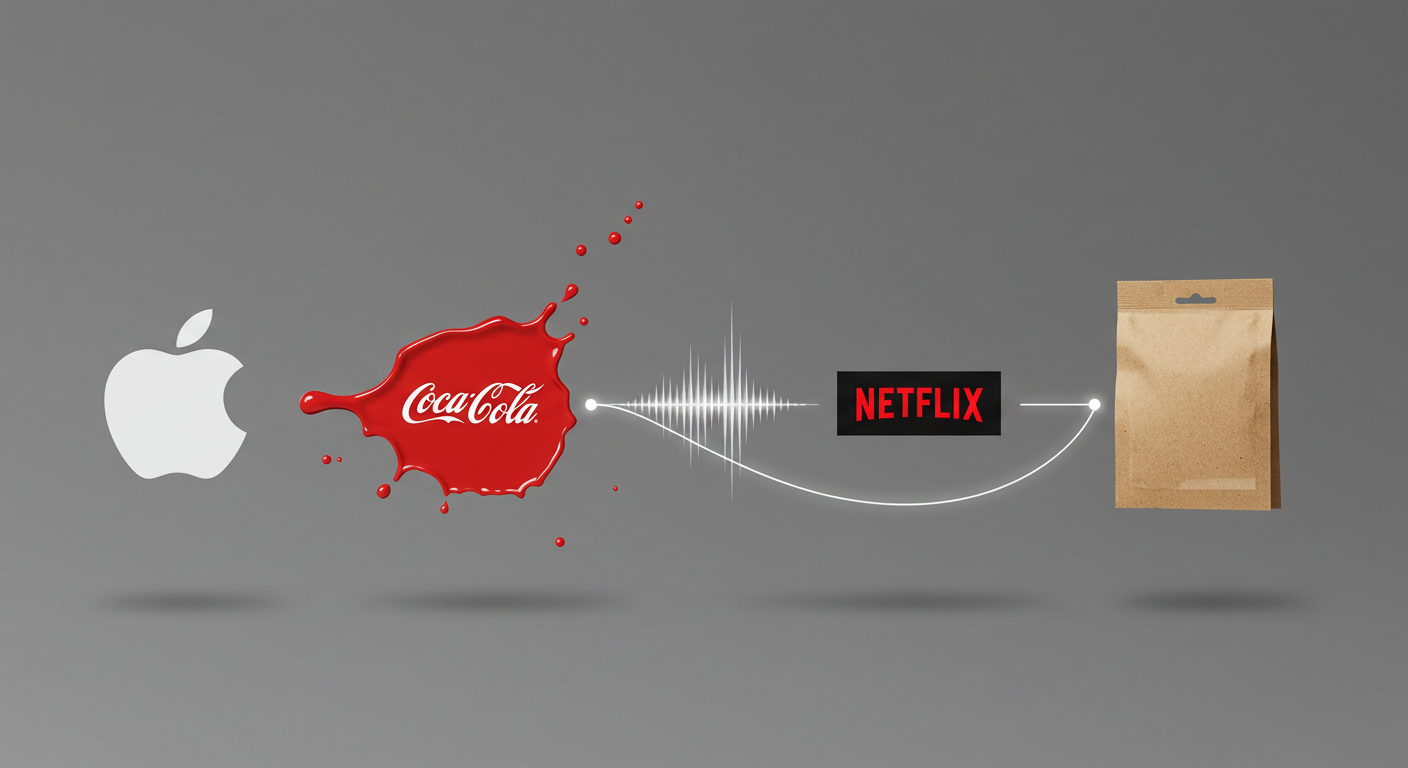We marketers have a tendency to fixate on words: campaign slogans, content, and execution. But even without words, some of the most impactful marketing messages can be conveyed.
Long before consumers digest a brand’s official message, silent signals influence them. These include visual cues, micro-interactions, and behavioral patterns. Top brands in the world meticulously create them; they don’t happen by chance.
The Power of the Unspoken
Humans are hardwired to interpret meaning beyond language. We notice the curve of a logo before we read the tagline. We feel the texture of packaging before we hear the brand’s story. The sender’s name and the style of the subject line tell us a lot about an email’s tone before we even open it.
When people see or hear these unspoken cues, they subconsciously trust or distrust a brand. Unlike one-time ads, they work all the time, quietly confirming your name at every touchpoint.
Three Types of Silent Signals
1. Design Language
Design decisions, like color schemes and fonts, have their own language.
- Apple uses simplicity not only as a style but also as a sign of focused and pure technology.
- Coke’s red is more than just a color; it instantly makes you feel happy and connected.
Your design system isn’t just for looks. In the business world, it’s your body language.
2. Behavioral Signals
How you handle a complaint, how quickly you answer, and the tone of your order confirmation all say a lot about your brand.
- Zappos turned quirky customer service habits into a brand religion by being surprisingly kind to everyone they dealt with.
- IKEA stores’ twisting plan isn’t just a design choice; it’s a way to get people to explore and spend more time in their world.
No matter what you mean, every practical move you make sends a message.
3. Sensory Triggers
Some signals don’t use reasoning at all; they go straight to feelings.
- Before you even see a frame on Netflix, the “ta-dum” sound gets your mind ready for fun.
- The smell of bread in a bakery isn’t just nice to smell; it’s a way to get people to buy things.
If your physical cues are always the same, people will associate them with your brand.
Why Silent Signals Matter Now
The less obvious the signal, the more it sticks out in a world full of noise and information. People are smarter, more suspicious, and able to spot fakes faster. Silent signals add a level of trustworthiness that you can’t fake quickly; they come from a brand’s design, how it works, and the choices it makes.
Another advantage from a political point of view is that quiet signs spread faster than campaigns. They’re built into your customers’ experience and change how they see things in real time and on a large scale.
How to Master Your Silent Signals
- Check Every Touchpoint: Look at the emails, packages, hiring flows, and even problem messages. Are they in line with your brand’s personality?
- Code Your Design Language: Make rules for color, font, motion, and icons that consistently show who you are.
- Align the Company’s Culture with Signals from Outside: People will not believe you if your tone is friendly but your rules are too strict.
- Use Multisensory Branding: Include sound, smell, and touch to reach people in ways other than sight.
Your most powerful brand messages may not come from your advertisements; instead, they could be found in the tactile experience of your packaging, the flow of your app’s animations, or the hue of your hold screen.
In a world filled with noise, the most refined brands recognize that a subtle whisper can hold more power than a loud shout.
ALSO WATCH MARKETING EDGE ONTV








Comment
No comments found.